The core concept of finding the greatest common divisor (GCD) is essential in mathematics and computer science. GCD calculation is a fundamental operation used in various applications, from simplifying fractions to cryptographic algorithms. This post explores the process of determining the GCD, specifically focusing on the Euclidean algorithm for efficient calculation. We’ll break down this calculation step by step, providing clarity.
Table of Contents
Read More
Let’s explore the concept of finding the greatest common divisor (GCD) of two numbers. The GCD calculation is a fundamental concept in number theory, used in various mathematical and computational applications. Understanding how to determine the GCD is essential for simplifying fractions, solving Diophantine equations, and in cryptography. This blog post will guide you through the process using the Euclidean algorithm, providing clarity and practical examples.
Understanding the GCD
The greatest common divisor (GCD), also known as the greatest common factor (GCF), of two or more integers, is the largest positive integer that divides each of the integers without leaving a remainder. For example, the GCD of 12 and 18 is 6, as 6 is the largest number that divides both 12 and 18. The GCD is crucial in simplifying fractions to their lowest terms.
The Euclidean algorithm is an efficient method for computing the GCD. It is based on the principle that the GCD of two numbers does not change if the larger number is replaced by its difference with the smaller number. This process is repeated until one of the numbers becomes zero; the other number is the GCD.
Applying the Euclidean Algorithm: GCD Calculation
Step 1: Initial Setup
We want to find the GCD of 252 and 198. We start by dividing the larger number (252) by the smaller number (198) and find the remainder. This is the foundation of the Euclidean algorithm, ensuring we systematically reduce the numbers while preserving the GCD. The initial division sets the stage for iterative refinement.
Divide 252 by 198: 252 = 198 × 1 + 54. The remainder is 54. The GCD of 252 and 198 is the same as the GCD of 198 and 54. This step is the cornerstone of the Euclidean algorithm, allowing us to simplify the problem.
Step 2: Iterative Refinement
Now, we replace the larger number (198) with the smaller number (54) and repeat the division. This iterative process continues, reducing the numbers until the remainder is zero. Each step brings us closer to the GCD. Each iteration simplifies the calculation.
Divide 198 by 54: 198 = 54 × 3 + 36. The remainder is 36. Next, divide 54 by 36: 54 = 36 × 1 + 18. The remainder is 18. Then, divide 36 by 18: 36 = 18 × 2 + 0. The remainder is 0.
Final Solution: GCD Calculation
Since the remainder is now 0, the GCD is the last non-zero remainder, which is 18. This means that 18 is the largest number that divides both 252 and 198 without any remainder. The GCD calculation is complete and provides the final answer.
Therefore, the GCD of 252 and 198 is 18. This result confirms the efficiency of the Euclidean algorithm in determining the greatest common divisor. The GCD calculation is now finished, giving us the final answer.
Similar Problems and Quick Solutions
Problem 1: Find the GCD of 36 and 48
Solution: GCD(36, 48) = 12
Problem 2: Determine the GCD of 120 and 84
Solution: GCD(120, 84) = 12
Problem 3: Calculate the GCD of 72 and 90
Solution: GCD(72, 90) = 18
Problem 4: Find the GCD of 105 and 70
Solution: GCD(105, 70) = 35
Problem 5: Determine the GCD of 150 and 200
Solution: GCD(150, 200) = 50
| Step | Calculation | Result |
|---|---|---|
| 1 | Divide 252 by 198 | 252 = 198 × 1 + 54 |
| 2 | Divide 198 by 54 | 198 = 54 × 3 + 36 |
| 3 | Divide 54 by 36 | 54 = 36 × 1 + 18 |
| 4 | Divide 36 by 18 | 36 = 18 × 2 + 0 |
| Final | GCD is the last non-zero remainder | GCD(252, 198) = 18 |
We also Published
RESOURCES
- Greatest common divisor – Wikipedia
- Program to Find GCD or HCF of Two Numbers – GeeksforGeeks
- GCD (Greatest Common Divisor) – How to Find GCD of two Numbers?
- Greatest Common Factor Calculator
- How to calculate GCD : r/swtor
- GCD Calculator
- How to Find Greatest Common Divisor (GCD)? Definition, Examples
- [Question] How to Calculate GCD? : r/wow
- Greatest Common Divisor (GCD)
- GCD function – Microsoft Support
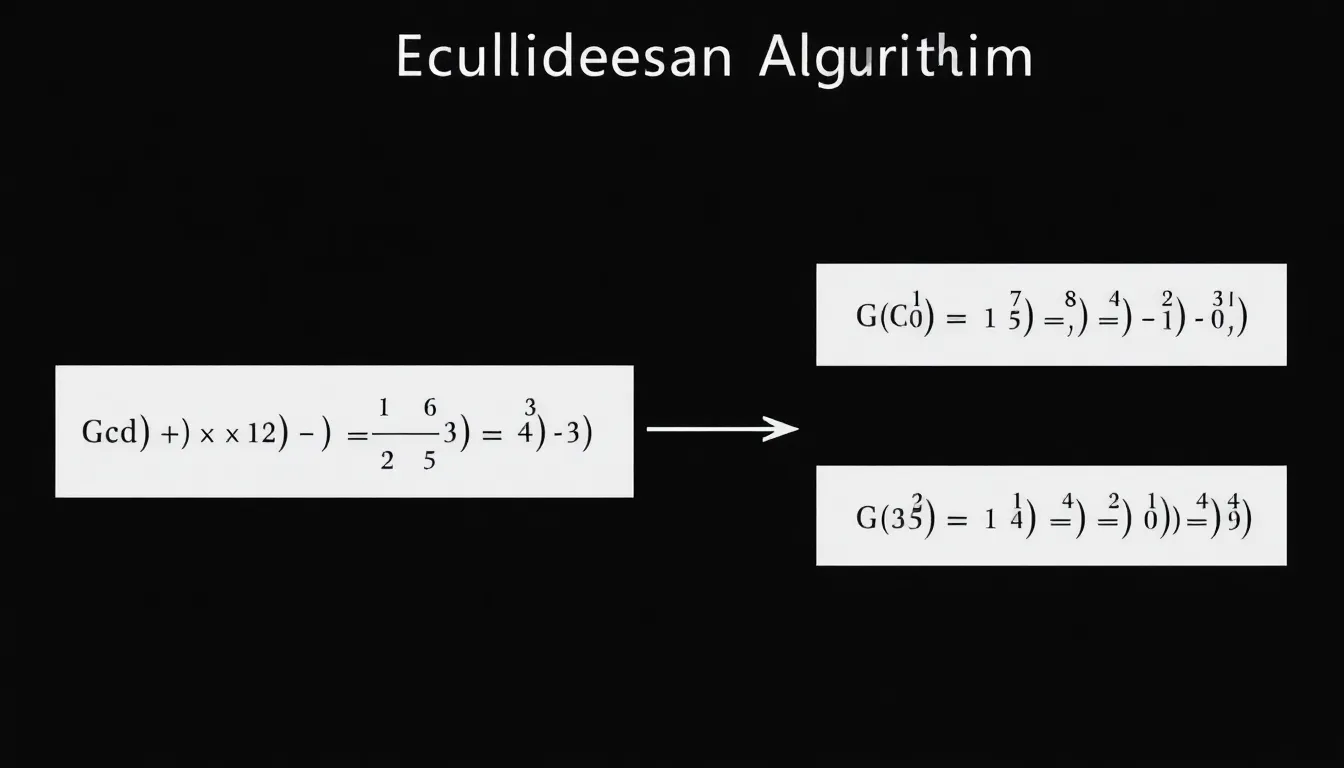
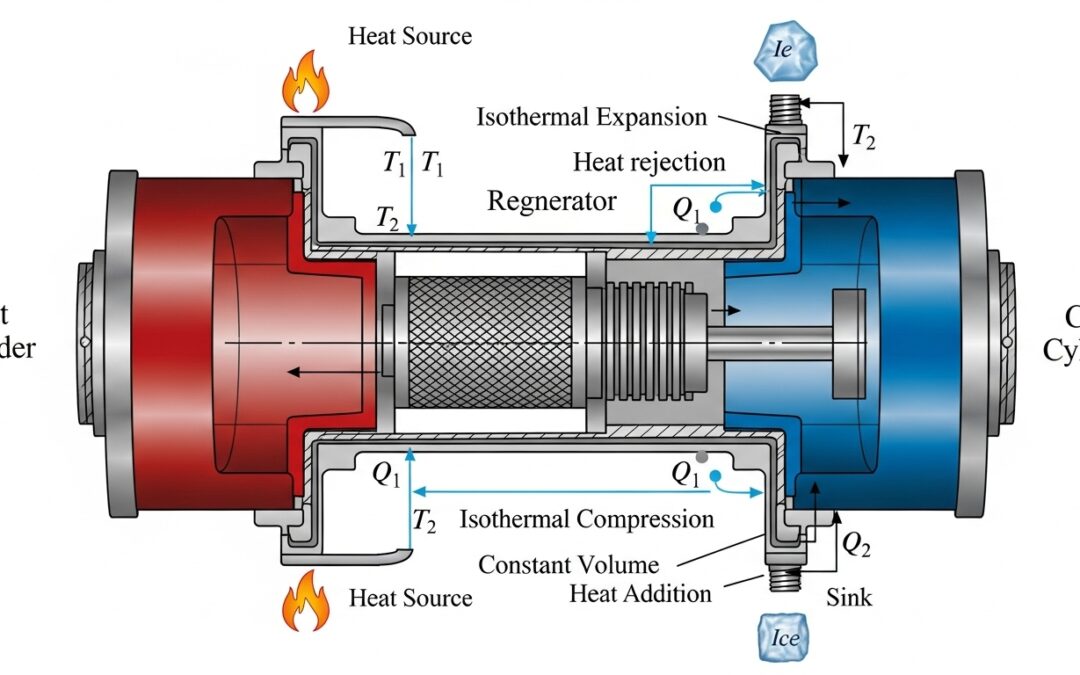

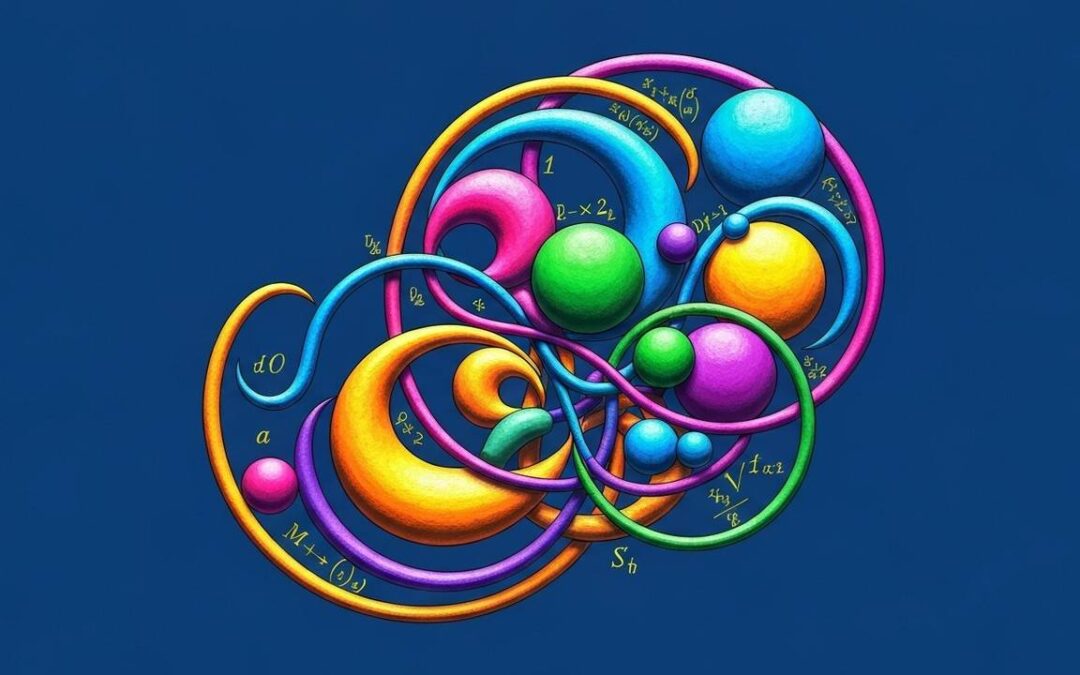
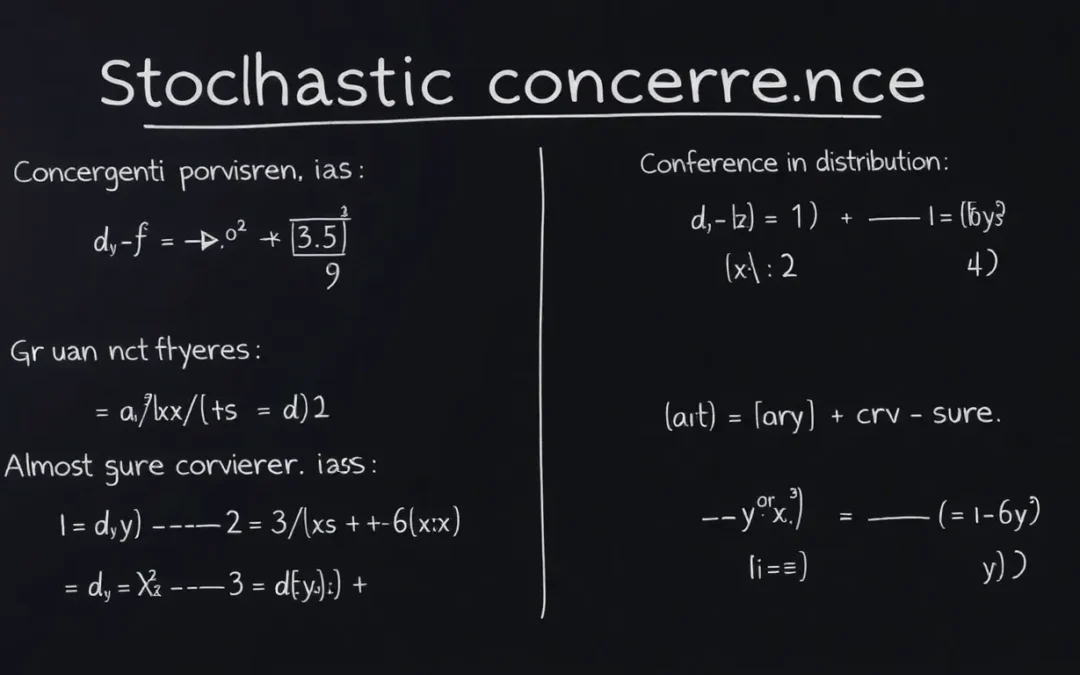
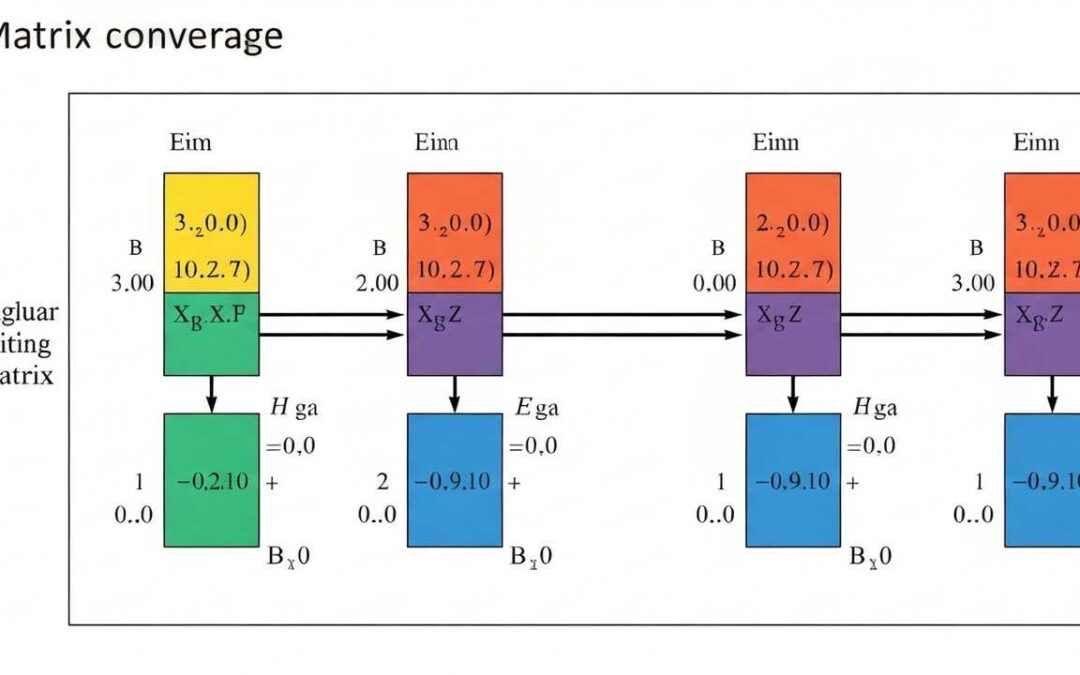
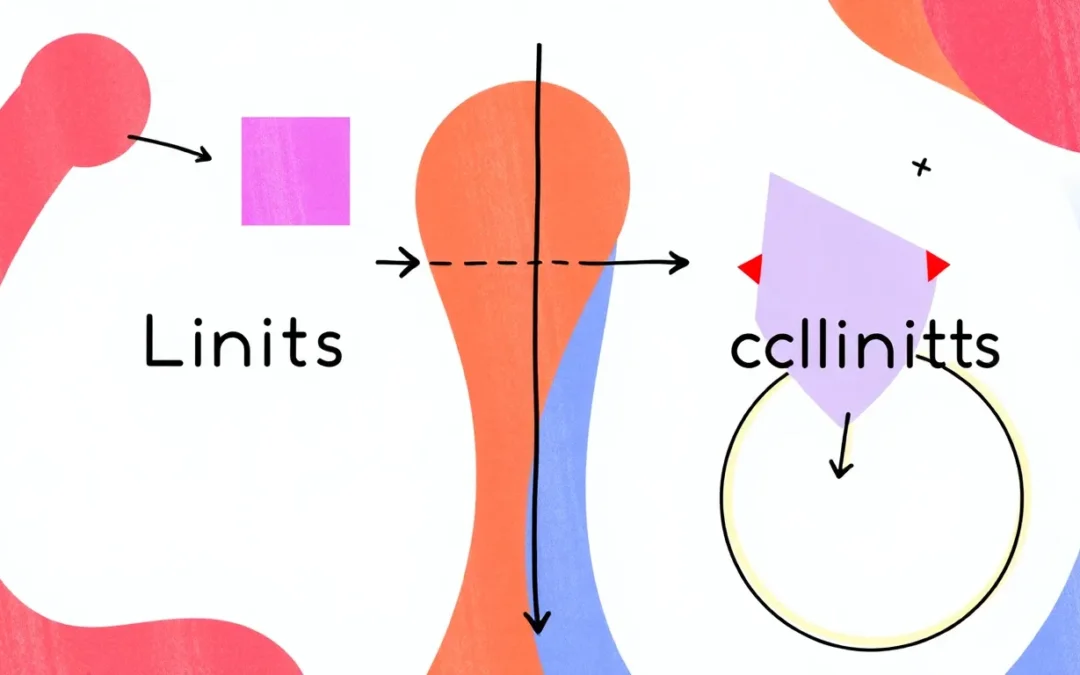
0 Comments